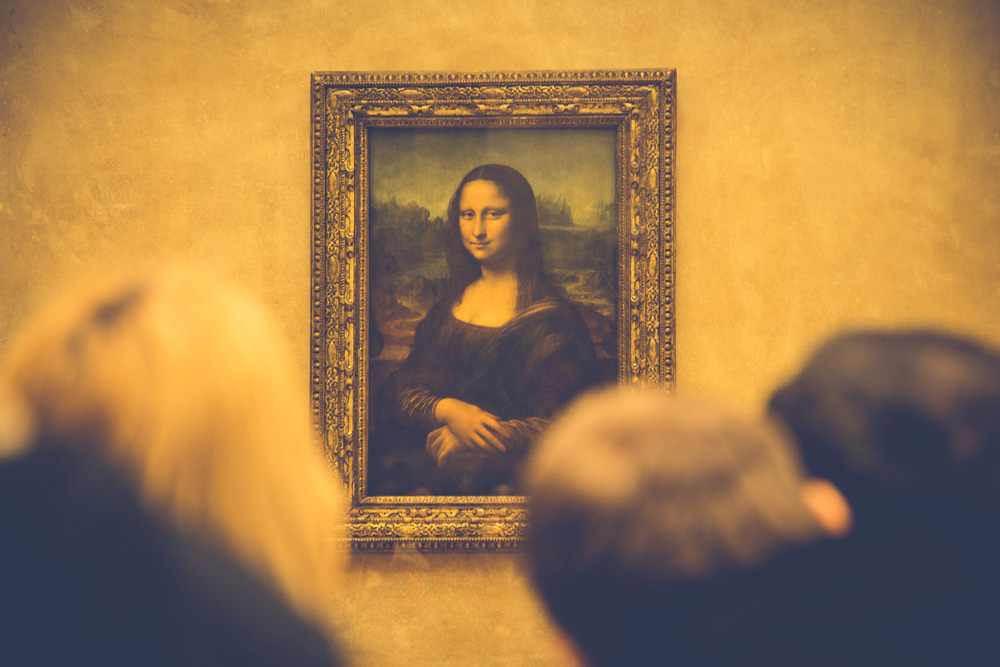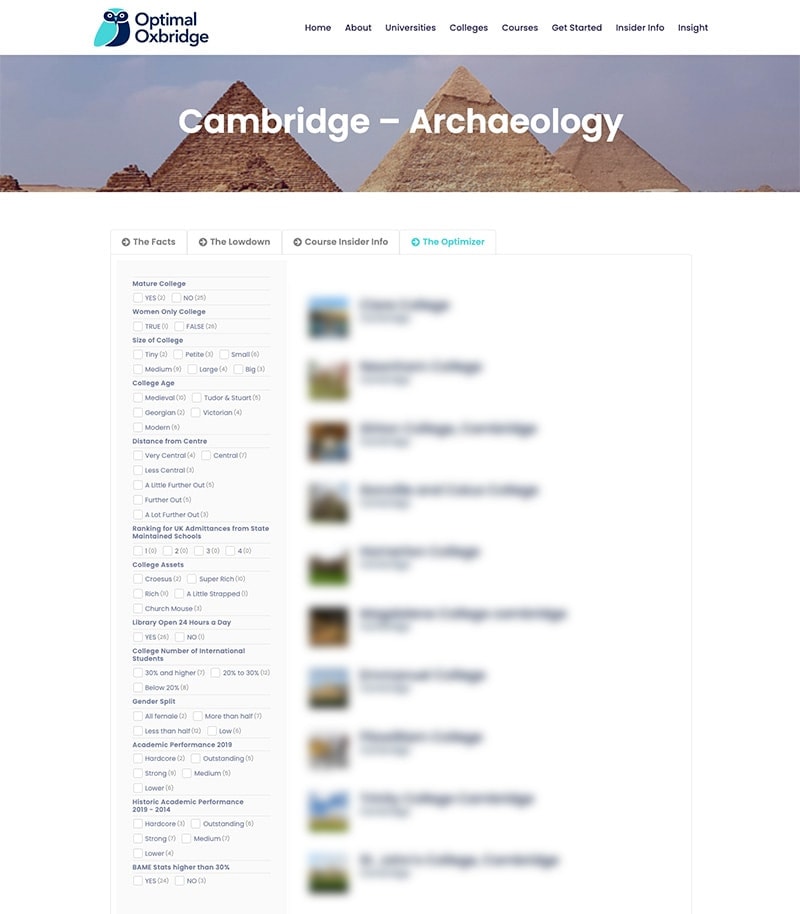Subscribe for full access to insider info and the optimizer.
Unlock access to the Optimizer and Insider Info
Let our optimizer help you find your college match faster. We’ll screen out the bad fits so that you can review the schools you’ll like best. Who knows? You might find a college you never knew existed.
The Facts
UCAS Code:
V350
Standard Requirements:
A levels| A*AA
IB | 40-42, 776 in HL
For other qualifications, check the Cambridge University website.
Required Subjects:
Art and Design courses are accepted but most colleges require A*/7 an essay-based subject.
Advisable Subjects:
None stated by the university.
None stated by the university.
Not usually required
32 in 2021. (33% offered, 32% accepted)

The Lowdown
This highly specialized, close-knit course is designed to cater to a wide range of artistic and architectural interests, from the Middle Ages to the present day. You will expand your knowledge and learn how to use this to critique and evaluate. The university itself has an extensive collection of primary and secondary sources, but there is a multitude of resources nearby, including the Fitzwilliam Museum, Kettle’s Yard art gallery, as well as stunning works of art and architecture dotted around the various colleges. A lot of your classes will take place in these institutions, allowing you the opportunity to have a hands-on experience and education.
The fact that this course has such a small cohort, with approximately 25 students per year, ensures that you will have a close relationship with Faculty staff. It is also the most female-dominated course at Cambridge, as 80% of course students are female.
In first year, you will take a set of compulsory papers, as well as a short dissertation of 5,000 words. Your first-year topics will introduce you to art and architecture, and it maintains a focus on the art and architecture in Cambridge itself, demonstrating how this city is the optimal choice for an art history degree.
In your second year, you will take a mandatory paper exploring the history, theories, and methods of studying art and architecture. You will also take on specialist papers focusing on particular artists, subjects, or historical periods, ranging from medieval Italian to contemporary art.
In your final year, you will take a compulsary paper examining the theories and history of art display and collection. In addition, you will take two special subjects that you did not take for your specialist papers in second year. You also write a final dissertation of 9,000 words on a topic of your choosing.
No particular A-Levels (or equivalent) are required, though some colleges ask you to take an essay-based subject. You might successfully pursue a career in curating, heritage organisations, antique/art dealing, media, or teaching. Indeed, many graduates of this course have gone on to have high-end careers: Claudia Winkleman and Lily Cole both took this degree, as did past and present directors of the Tate Modern/Gallery, the National Portrait Gallery, and the National Gallery.
Unlock Insider Info
Get insider intel about how to increase your chances of being offered a place, plus access interviews tips and special questions.
The Optimizer
Unlock access to the optimizer
Let our optimizer help you find your college match faster. We’ll screen out the bad fits so that you can review the schools you’ll like best. Who knows? You might find a college you never knew existed.

